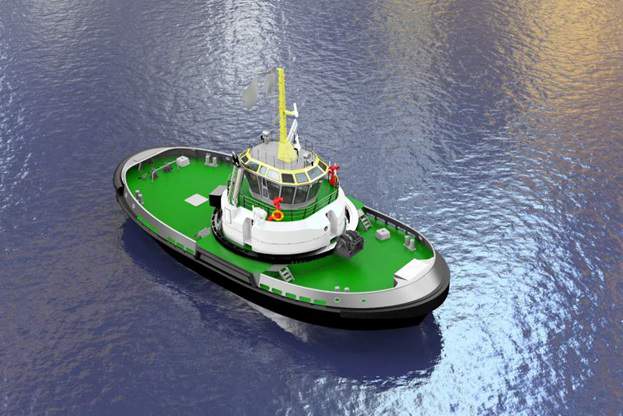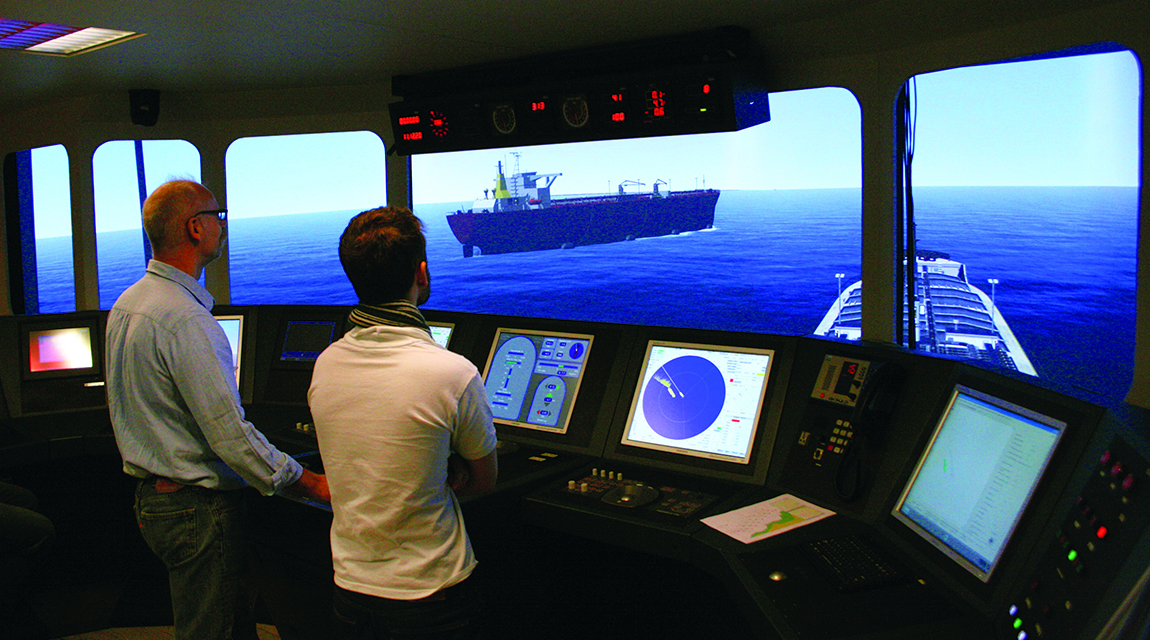What makes mathematical model reliable and realistic
The realism of a ship bridge simulator depends on its mathematical model, the equipment and the visual system. Here, we dive into what makes a mathematical model reliable and realistic.
The quality of the mathematical model is a vital element in creating a realistic ship bridge simulator, as the mathematical model describes the behaviour of the ship. If the mathematical model is not realistic, it can have a great impact on the training and engineering studies performed in the simulator.
If the training becomes unrealistic, the attendees will most likely learn incorrect manoeuvres, thereby affecting the participants' behaviour in real-life situations. This can be catastrophic in both normal and emergency situations and lead to hazardous incidents.
Unrealistic mathematical model can have consequences for an engineering study
As with training, an unrealistic mathematical model can have consequences for an engineering study. This might lead to decisions being made on poor/wrong facts, for instance the environmental limitations for a port might turn out to be lower than the results from the simulator which might have a negative financial impact. Many elements play a part in the realism of a ship bridge simulator, and therefore a complex but realistic mathematical model is necessary to create realistic simulations.
What we feed into the mathematical model is vital to the result
The mathematical model is the core of our simulator systems as it is the sum of all the forces acting on the vessel. The realism in the mathematical model is qualified by the number and diversity of forces acting on the vessel and the level of accuracy with which such forces are modelled. To feed the best parameters into the model, a primary source of data is hydro- and aerodynamic tests carried out in a towing tank and wind tunnels. These tests provide a substantial amount of accurate data concerning the behaviour and movements of the ship, but we cannot let this data stand alone.
We do not only get data from the towing tank and wind tunnel to get the right manoeuvring conditions in the model. We also use CFD and sea trial data to refine and validate the mathematical model together with the experience and knowledge of our experienced shipbuilders and our captains' wide experience from their many years at sea.
Finetune the behaviour of a model with known manoevring characteristics
A huge number of parameters, where the vessel’s physical dimensions and shape are only a minor input, must be fed into the mathematical model together with data for propulsion, engine, wind, waves etc. To create realistic movements of the vessel, we calculate how it will behave in a given wave pattern based on the hull lines and loading condition. Known manoeuvring characteristics, for instance how fast it turns and its stopping distances, are used for finetuning the behaviour of the model.
A”If a ship is on even keel, it will behave in one way, and if you change the trim of the vessel, it will behave differently. It takes very little for a ship to change behaviour which is why it is a complex task to create a precise mathematical model reflecting the vessel’s actual condition and behaviour,” explains Carl Thue Rabjerg, Senior Instructor at FORCE Technology.
Realistic surroundings make you feel you are onboard
Not only the vessel but also the visual surroundings must be realistic. Here our modelling experts reproduce relevant elements that we see and hear on board the vessel, e.g. the sky, the sun, fog, rain on the window, the howling wind etc.
They use environmental data as well as pictures and up-to-date data for a given area in order to model the port and its surroundings. The profound level of realism is also based on the use of high-quality hydrographic data, accurate water depths etc.
”These factors need to be correct as the course participants’ learning is directly connected to how realistic they find the surroundings. The sensory impressions make people feel as if they are on board a ship and not inside a simulator,” says Carl Thue Rabjerg.
A simulator-based maritime course needs to mirror the onboard experience
When participating in a simulator-based maritime course, you should be able to repeat your daily actions in the simulator as if you were on a real vessel.
Only when this can be achieved, a ship simulator can be used to perform assessment of personnel, for example when promoting chief officers to captains or evaluating pilot apprentices. The simulator offers an opportunity to test a candidate’s abilities in the exactly same ship and environment as he would be working in.





